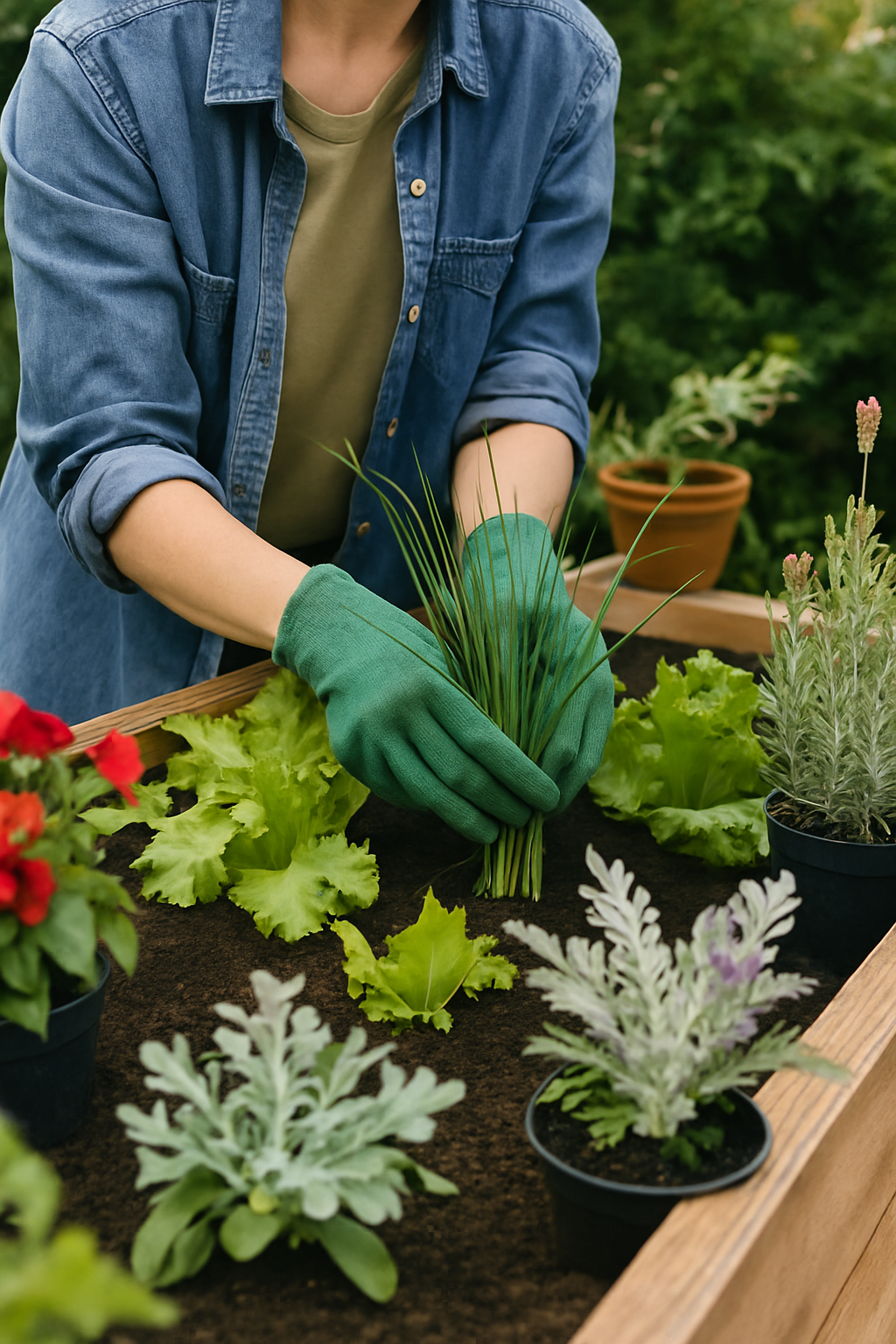Read part one of our guide to the essential garden tools you will need to implement a garden design project. This article introduces the garden fork and the spade.
Here are part 2 and part 3 of our essential garden tools guide.
"One only needs two tools in life: WD-40 to make things go, and duct tape to make them stop." G. Weilacher
I realised the other day that I deal with clients weekly, instructing them to prune this, plant that, and rake the other, without any idea what sort of tools the gardeners have available to them. So to help you build up a handy arsenal of these tools,
We created a three-part guide of blog posts providing a list of these essentials. Gardeners of all levels, even occasional gardeners, should have these tools stowed away in their shed or garage, ready to utilise at a moment's notice.
Like most purchases, when selecting your tools, pay close attention to their build quality. Strongly built tools using quality materials usually offer the best value over the long run. For example, compare the strength of a forged steel fork head to the lighter stamped/cut steel versions to prove this. You can look at it this way, the extra money you pay for forged steel will be worth it if it prevents your fork from breaking midway through a job, just as the rain begins its approach over the horizon.
So, tool number one for the capable gardener should be the...
THE GARDEN FORK
Also known as a graip, spading fork, or digging fork, this should comprise a "D" or "T" grip for ease of handling by the gardener, a wooden or tubular steel shaft, and a head of approximately four steel tines or prongs. The prongs should be between seven and eleven inches long, allowing you to carry out many tasks without adding too much backbreaking weight.
This tool is invaluable for digging over soil, breaking up clods, turning your compost pile, and moving plants with minimal damage to roots. Get yourself a pair of forks if you can, as back-to-back they can be used to lever apart any clumps of roots you may have to deal with when dividing your perennials.
Need to improve the drainage on your lawn? Well, small grass areas can be handily aerated by driving your garden fork into the lawn to a depth of six inches at regular six-inch intervals, rocking the handle lightly back and forth as you do so. Go get yourself a fork; you'll wonder how you coped without it.
THE SPADE
Together with the fork, the spade is one of the chief digging tools in the gardeners' armoury. Your spade can have a long wooden or tubular steel shaft for leverage above the soil or a short shaft ending in a "D" or "T" grip handle for ease of control and increased chopping power. When you go to purchase, look out for a spade with a deep handle socket where the shaft plugs into the head, as this will be much stronger and less prone to breakage.
Often confused with a shovel, a spade's blade differs by being rectangular and flat with a straight sharp tip, making it ideal for downward chopping operations. You can use the spade for all sorts of digging as it slices into the soil with ease. However, it is not designed to carry materials any distance from the digging operation. This is where you would instead opt for a shovel.
Amongst the specialized digging operations you can carry out with your spade are the creation of planting holes, lifting lawn sod, and double digging (for vegetable growing), where you dig the ground to a spade's depth and apply well-rotted manure to the pit base. You can even use the flat blade spade to cut a clean edge to your lawn, thus saving you from having to buy a half-moon edging tool. The money saved can be put towards another essential gardening tool, perhaps one of the others that I intend to deal with in upcoming posts.

